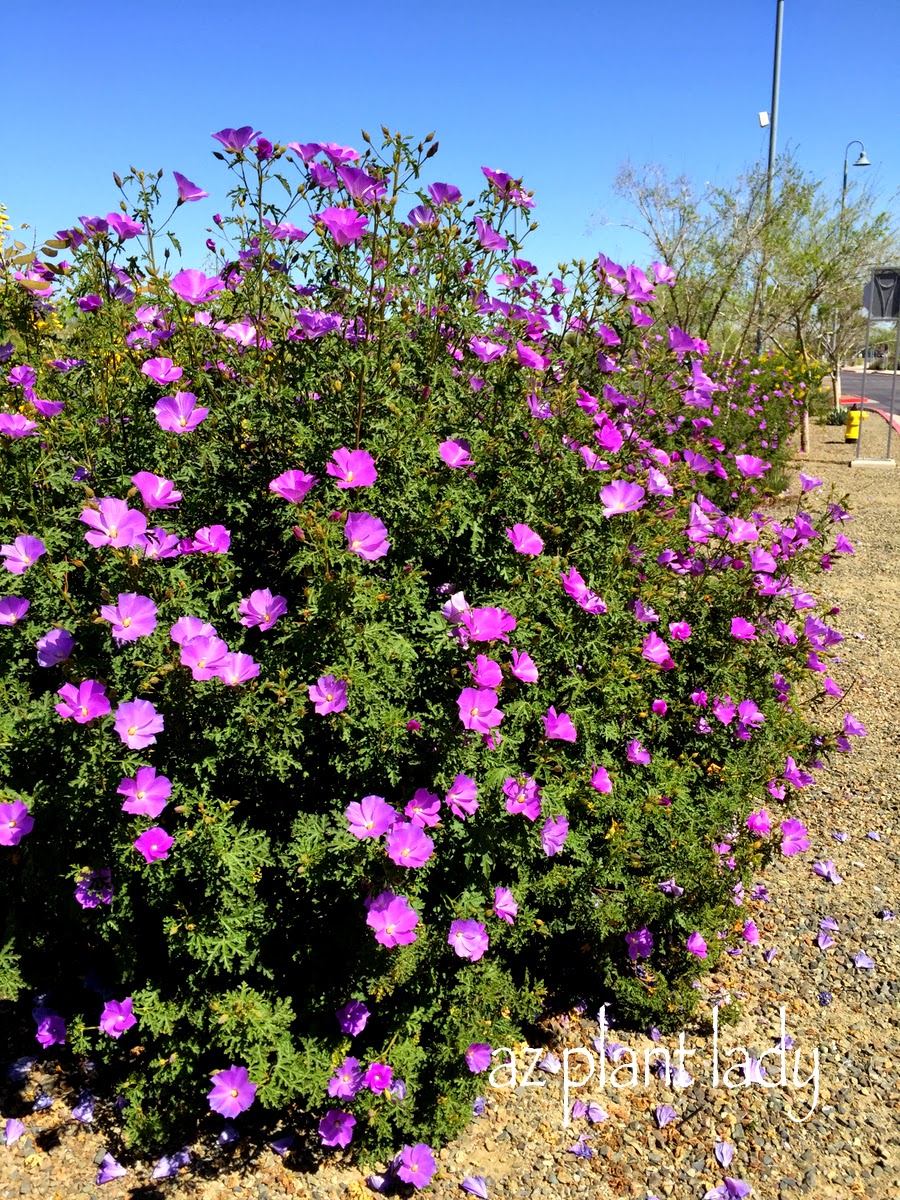
AbeliaĪbelia is a flowering shrub that produces flower sun shades like pink, peach, and of course, purple. You don’t have to limit yourself just to purple, either – the butterfly bush can be found in multiple hues. Trimming back can alleviate this issue.Similar Project: 3 Simple Ways to Preserve Garden Produce With 20 RecipesĪ variety of purple shades are available, including lilac and plum, with multiple flowers produced on spiked trusses.
#Bush with purple flowers full#
/GettyImages-1124731054-5c4e64ee46e0fb00014a2c8c.jpg)
Insects, Diseases, and Other Plant Problems: Snails and caterpillars may damage young shoots. On cool or cloudy days, the flower may remain open longer than on hotter, sunny days. Flowers open a few at a time, lasting for one day. It has clusters sitting atop stiff stems with numerous flower buds on each cluster. 'Purple Profusion' is a clump-forming spiderwort known for its deep purple flowers with contrasting yellow stamens. This will promote new growth to the foliage and may give you a late summer to fall bloom. At that point, cut the plant down almost to the ground. The foliage will also decline as temperatures increase. Flowering will slow down or stop in the mid-summer heat. Deadheading will also give the plant a more attractive appearance. Once all the flowers on a cluster have bloomed, deadheading each cluster may extend the bloom period. It is typically in bloom from May to August. The resulting seedlings may not resemble the parent plants. Planting two or more plants together, seed will be produced. Flower production is increased when grown in full sun, however, in warmer climates, a little afternoon shade is appreciated. It can also be grown in neutral or alkaline soils. It grows to 18 inches tall and wide and performs at its best when planted in acid rich soils. This substance becomes thread-like and silky when it hardens, appearing similar to a spider web. Spiderwort gets its name from the thick, sticky secretion that is present when a stem is cut.


'Purple Profusion' is a cultivar perennial spiderwort in the Commelinaceae (dayflower) family. Phonetic Spelling trad-es-KAN-tee-uh Description


 0 kommentar(er)
0 kommentar(er)
